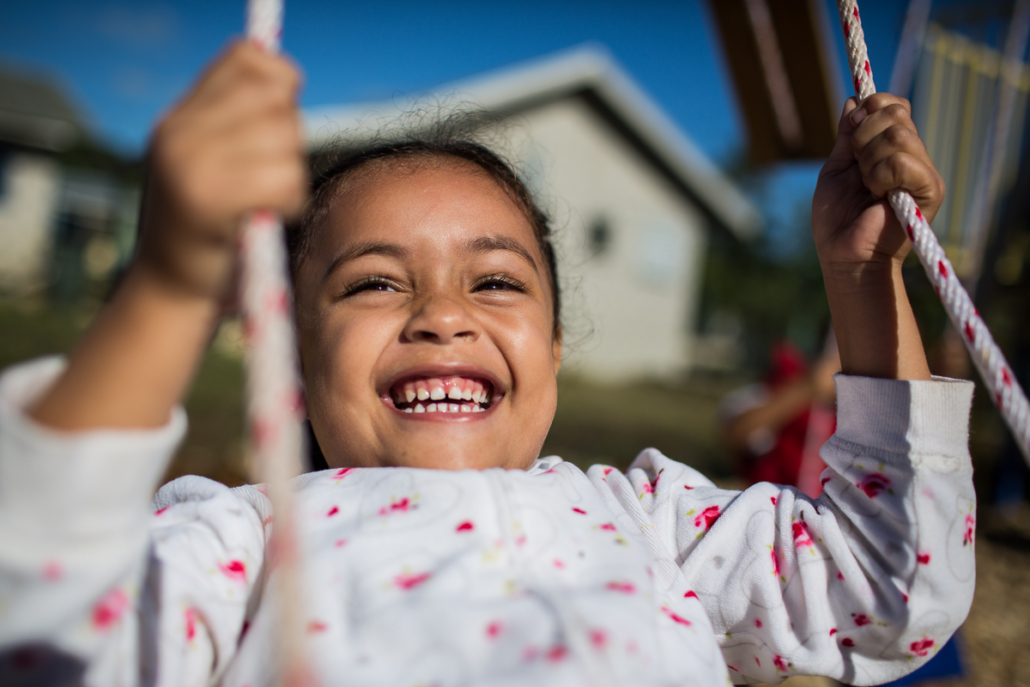
Tonga is a country located in the South Pacific Ocean, within the South Pacific archipelago. The sovereign state consists of a total of 176 islands that spread across 270,000 square miles, 36 of which contain a fast-growing population of 100,651 people. About 70% of the 100,651 people live on the main island, Tongatapu. While life expectancy is on the rise throughout the country, there are still many health concerns. Here are 10 facts about life expectancy in Tonga.
10 Facts About Life Expectancy in Tonga
- Life expectancy rates in Tonga have been steadily rising for the past 70 years. In 1950, the average life expectancy was 55.78 years. Today, the life expectancy is 70.97 years. As of 2018, male life expectancy was 68.9, and female life expectancy was 72.8. This is most likely due to improvements in sanitation, housing and education. According to the U.N.’s projections, Tonga’s life expectancy will continue to increase and grow to 74.30 by 2050.
- The leading cause of death for all ages in Tonga is non-communicable diseases (NCDs). According to the Tongan Ministry of Health and the World Health Organization (WHO), NCDs account for the majority of deaths in Tonga. These include cardiovascular disease, cancer, respiratory diseases, diabetes and more. Factors such as lack of physical activity, smoking daily, alcohol use, obesity, high blood pressure and eating less than five servings of fruit and vegetables per day increase the risk of developing NCDs. Of the population, 60.7% is at high risk of developing or having an NCD and 39.2% at moderate risk. One study even found that one out of every ten hospital patients in Tonga was admitted due to an NCD.
- The NCD that kills most people in the country is coronary heart disease. The latest data from 2017 reports that of every 100,000 Tongans, 128.72 (16.64% of the population) die from coronary heart disease.
- Tonga’s fertility rate has been decreasing since the 1950s. However, despite the steady decrease, Tonga’s fertility rate remains high compared to other countries. In 1955, the fertility rate in Tonga was 7.3 births per woman. Today, it is currently at 3.2 births per woman. In comparison, in Australia, there were 3.0 births per woman in 1950 but only 1.86 births per woman in 2015.
- Obesity is extremely prevalent among Tonga’s population. An important risk factor to NCDs, obesity has been increasing in Tonga since 1975. In 1975, 47.8% of people 18 and older were obese. In 2016, the obesity rate had jumped to 75.6%. This year, Tonga ranks number two in the world for the highest body mass index (BMI) with its population having an average BMI of 31.9. Tonga falls just below the world’s most obese country, Nauru, which has a BMI of 32.5. Tonga’s obesity rate is due to a couple of factors, including low levels of physical activity and poor diets.
- The diet of Tongans plays an important role in the level of obesity throughout the country. Most Tongan’s diets once consisted of root vegetables, coconuts and fish. Since joining the global economy, diets have become highly processed and fatty. The average diet is now made up of rice, bread, canned fish, sugar, salt and packaged noodles.
- Tobacco use, another risk factor for NCDs, has been slowly decreasing in Tonga. In 2000, 36.3% of the population used tobacco. The most recently projected smoking rate puts tobacco use at 27.9%.
- Health-related issues make up most of Tonga’s other top causes of death. Other top causes of death in Tonga include diabetes (13.63%), stroke (9.91%), influenza and pneumonia (7.26%), breast cancer (2.83%) and lung disease (4.60%).
- More people have slowly moved into Tonga’s urban areas in recent years. In 1955, the urban population was at just 15%, while today the percentage has risen to 76%. This urbanization results in a more sedentary lifestyle, which, in turn, becomes a risk factor for developing obesity.
- Tonga is the first country in the Pacific Islands to develop a plan to fight obesity. In 2017, the Tongan government implemented a tax on imported foods in hopes of discouraging people from purchasing them. The tax included items such as mutton flaps, industrial chicken and turkey tails. There are also groups such as Tonga Health Promotion Foundation (TongaHealth) that fight obesity in hopes of improving life expectancy. TongaHealth was established in 2007 by the Health Promotion Foundation Act. Dedicated to the prevention of NCDs in Tonga, the group recognizes the urgency in the country’s rising number of NCDs. It fights the risks by focusing on educating the population on topics such as healthy eating, physical activity, tobacco control and alcohol control.
While life expectancy rates are on the rise in Tonga, there is still work to be done to improve the health of Tongans and further increase life expectancy. Tobacco use, alcohol use, a lack of physical activity and poor diet are all putting Tongans at risk for obesity and NCDs. Moving forward, the government and other humanitarian organizations must focus their efforts on improving health and life expectancy in Tonga.
– Marlee Septak
Photo: Flickr
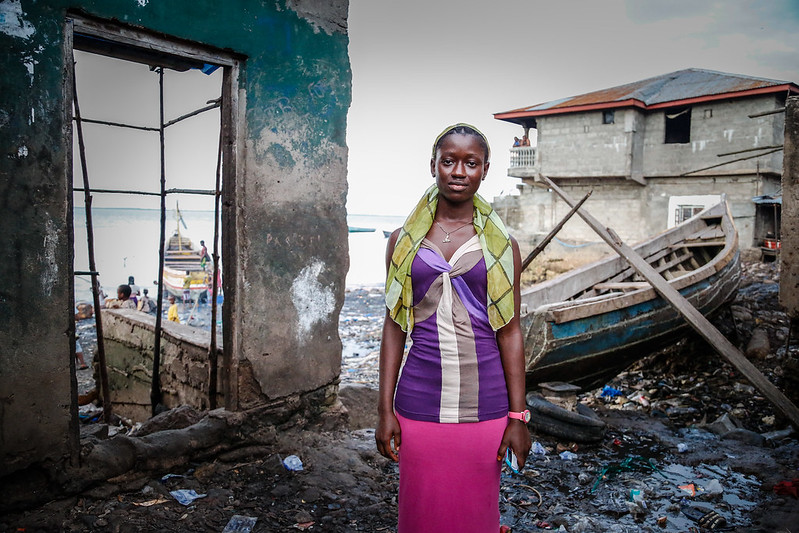 Sierra Leone is a small nation located on the coast of West Africa. While the country boasts an abundance of natural resources, it is also a poor nation, with a healthcare system in dire need of improvement. Here are 9 facts about healthcare in Sierra Leone.
Sierra Leone is a small nation located on the coast of West Africa. While the country boasts an abundance of natural resources, it is also a poor nation, with a healthcare system in dire need of improvement. Here are 9 facts about healthcare in Sierra Leone.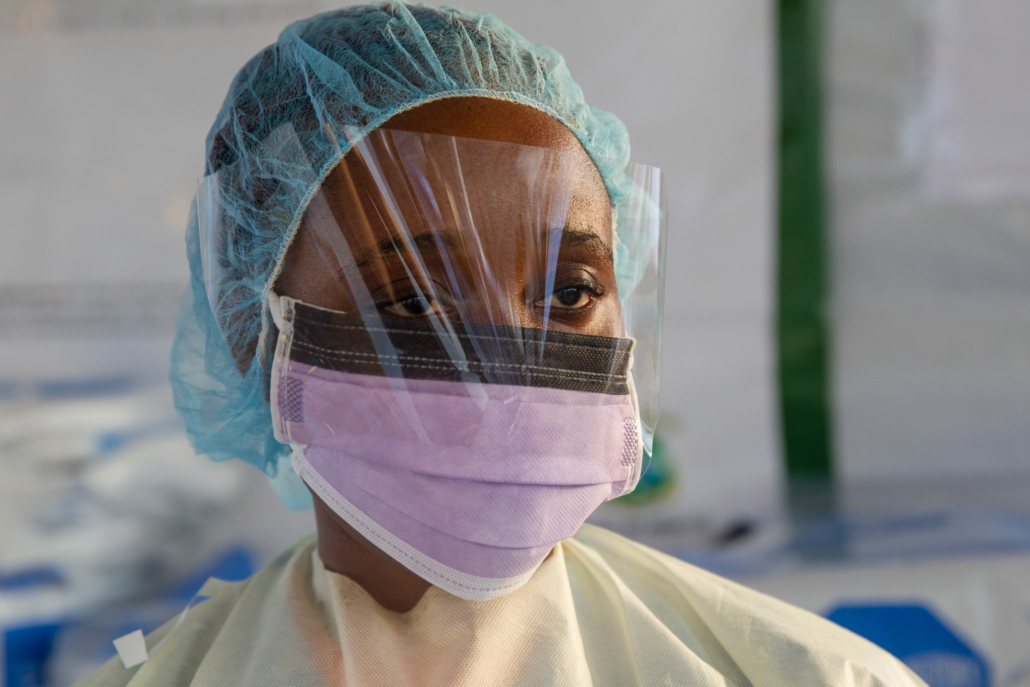
 Thailand is home to nearly 70 million people. The Asian country is known for tropical beaches, opulent palaces and lush elephant rainforests. This extravagant subtropical climate is perfect for tourism but also serves as a breeding ground for mosquito-borne diseases such as malaria. Symptoms of malaria
Thailand is home to nearly 70 million people. The Asian country is known for tropical beaches, opulent palaces and lush elephant rainforests. This extravagant subtropical climate is perfect for tourism but also serves as a breeding ground for mosquito-borne diseases such as malaria. Symptoms of malaria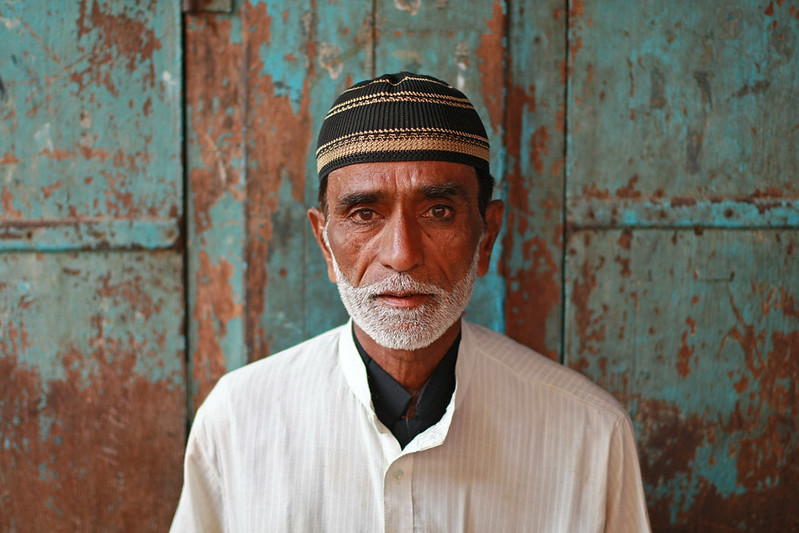
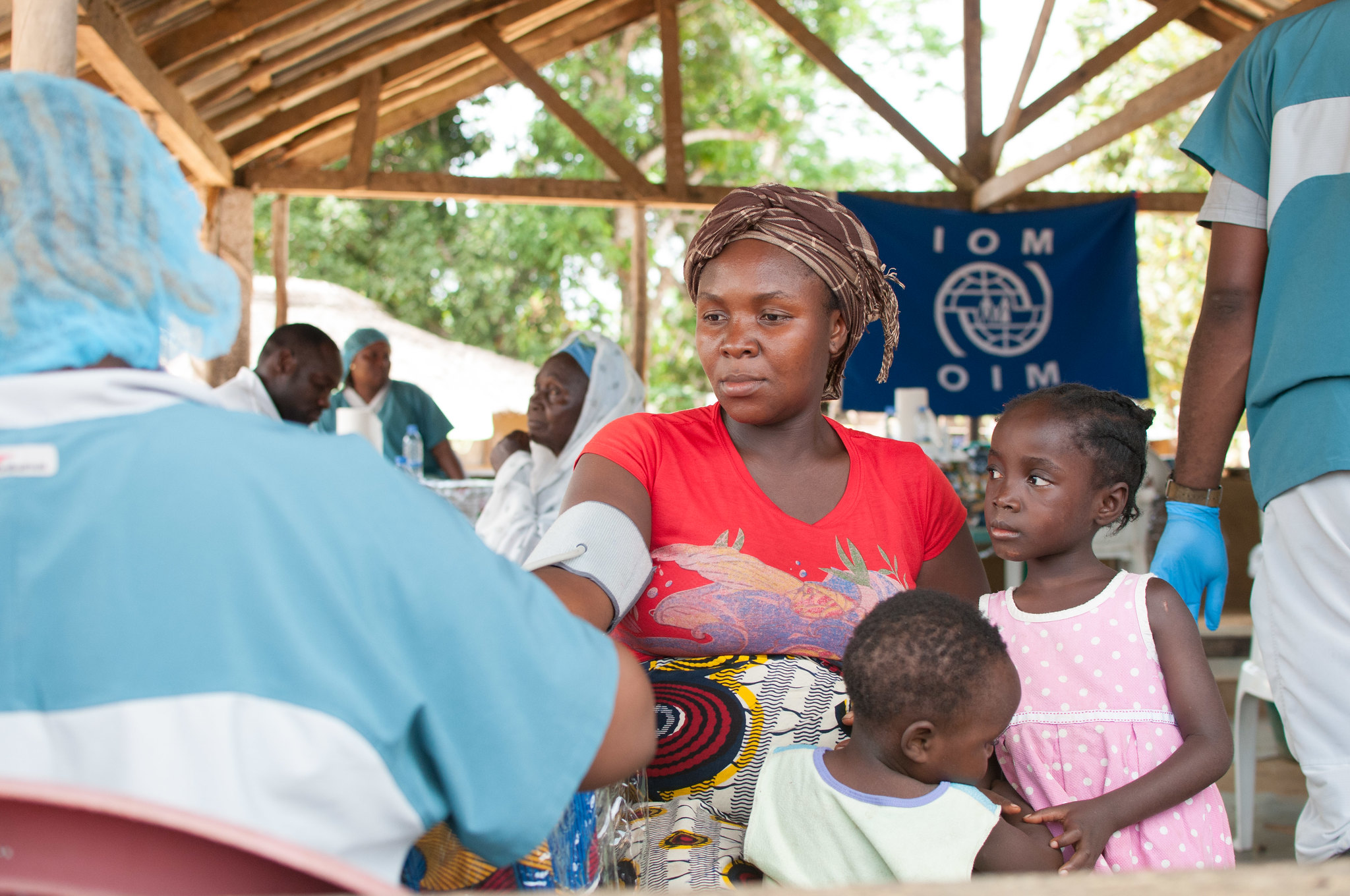 In 2017, the World Health Organization and the World Bank
In 2017, the World Health Organization and the World Bank 
 According to the
According to the  Since 1983, J.P. Morgan has hosted an annual healthcare conference to unite industry leaders, fast-companies, innovative technology creators and people willing to invest in these technologies. Though the company is known for being a global leader in financial services, J.P. Morgan has made global health a priority by donating nearly
Since 1983, J.P. Morgan has hosted an annual healthcare conference to unite industry leaders, fast-companies, innovative technology creators and people willing to invest in these technologies. Though the company is known for being a global leader in financial services, J.P. Morgan has made global health a priority by donating nearly 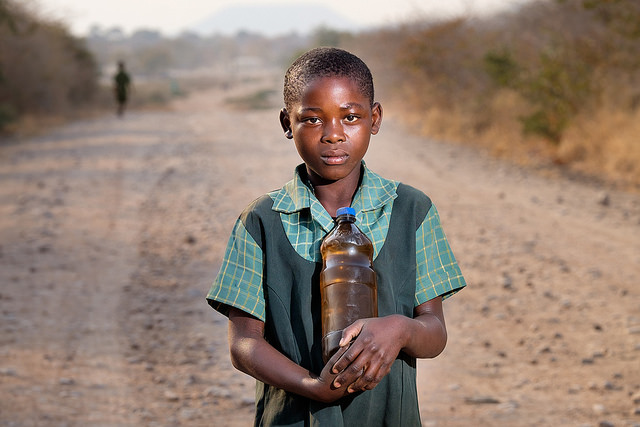 Worldwide, 844 million people do not have access to clean water, meaning that one in nine people are living with water unsafe for human consumption. This is referred to as The Water Crisis.
Worldwide, 844 million people do not have access to clean water, meaning that one in nine people are living with water unsafe for human consumption. This is referred to as The Water Crisis.